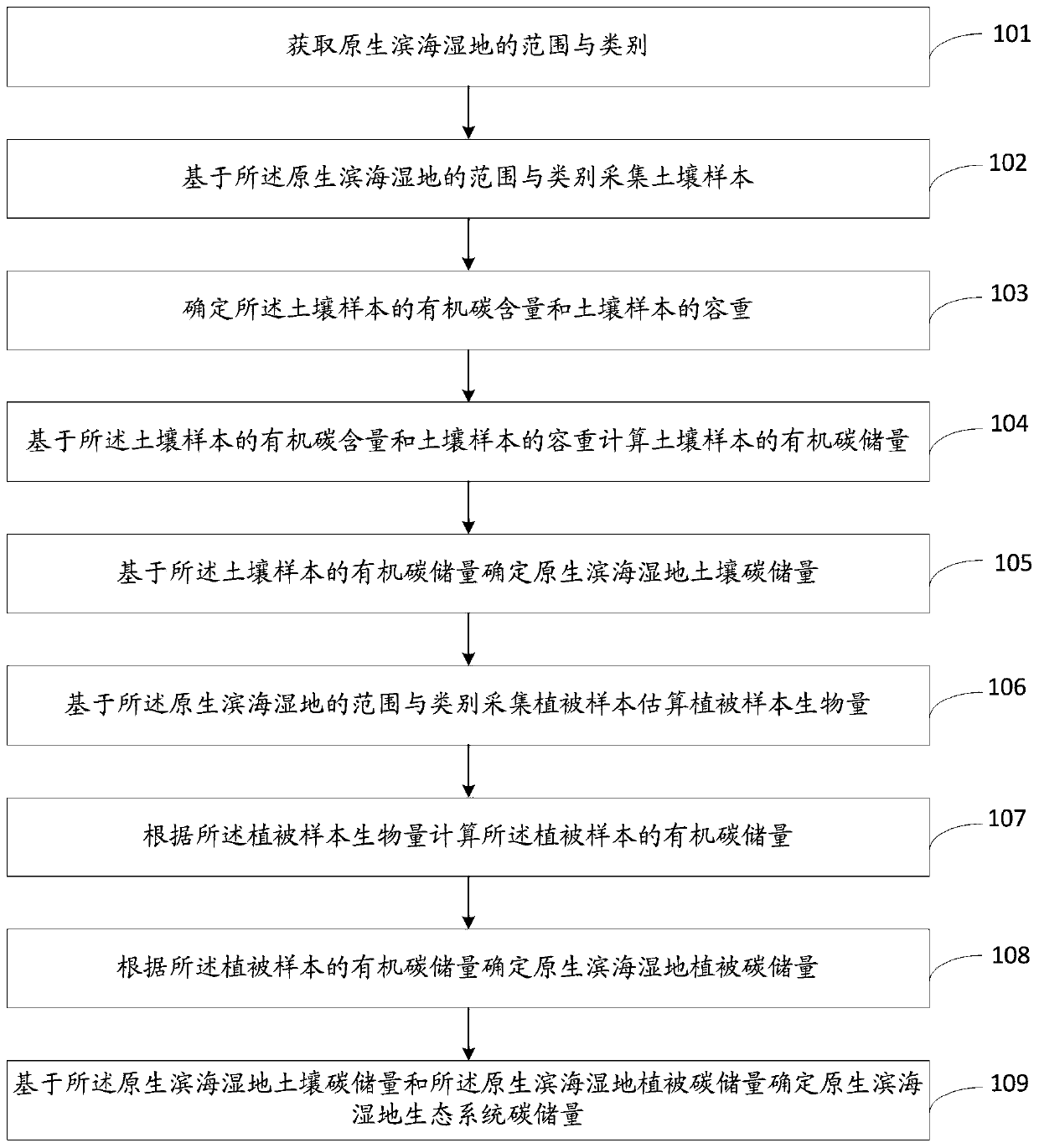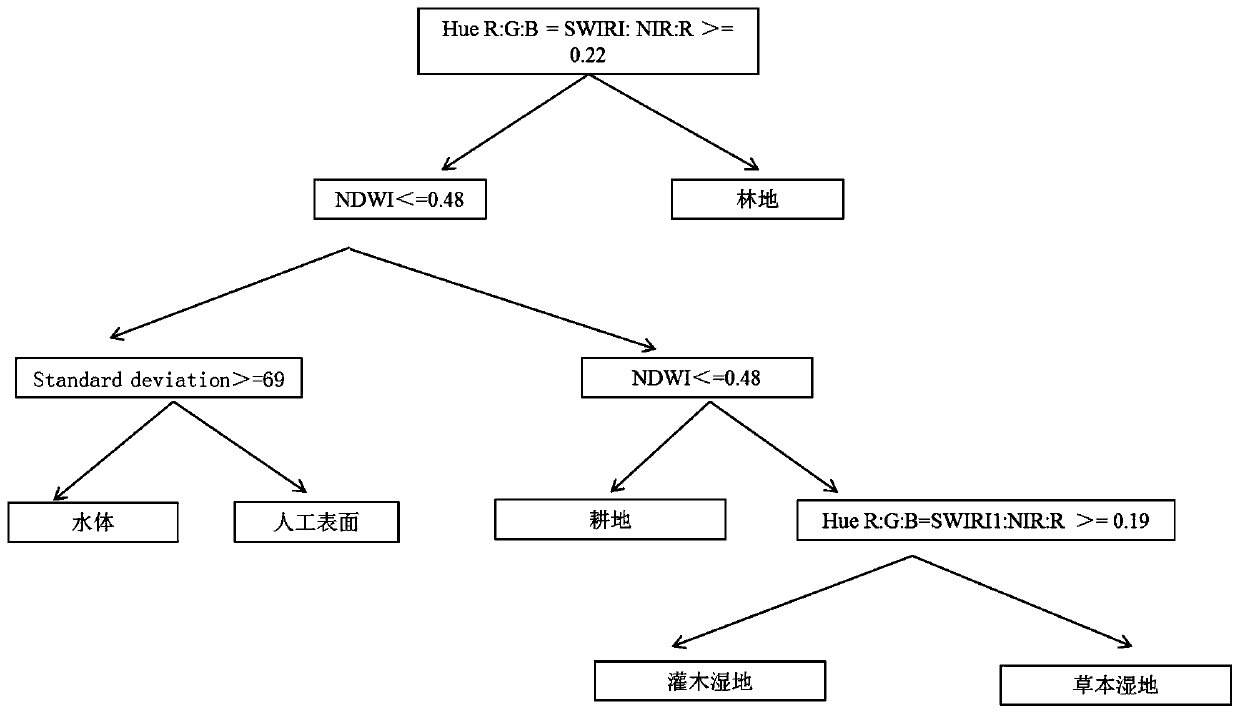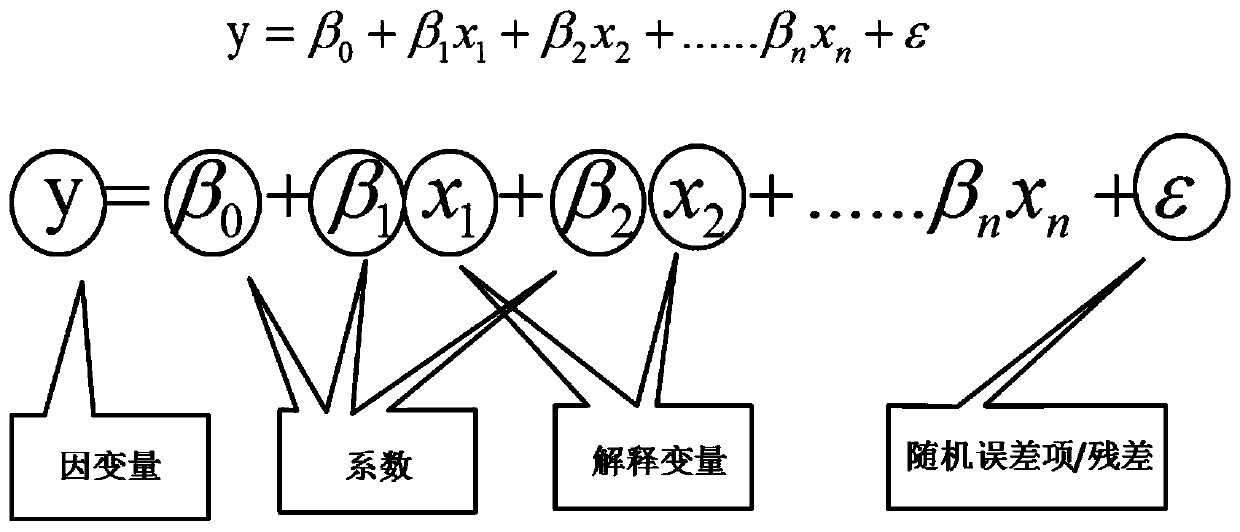Method and system for quantitatively estimating carbon reserves of native coastal wetland ecosystem
An ecosystem and coastal technology, applied in the radio wave measurement system, weighing by removing certain components, chemical analysis by titration, etc., can solve the poor accuracy of carbon-related spatial distribution mapping and the error of carbon-related estimation research results Large and missing data, etc., to improve wetland classification accuracy, intuitive and reliable analysis, and improve estimation accuracy
- Summary
- Abstract
- Description
- Claims
- Application Information
AI Technical Summary
Problems solved by technology
Method used
Image
Examples
Embodiment Construction
[0073] The following will clearly and completely describe the technical solutions in the embodiments of the present invention with reference to the accompanying drawings in the embodiments of the present invention. Obviously, the described embodiments are only some, not all, embodiments of the present invention. Based on the embodiments of the present invention, all other embodiments obtained by persons of ordinary skill in the art without making creative efforts belong to the protection scope of the present invention.
[0074] The purpose of the present invention is to provide a method and system for quantitatively estimating the carbon storage of the primary coastal wetland ecosystem, so as to realize accurate estimation of the carbon storage of the primary coastal wetland ecosystem.
[0075] In order to make the above objects, features and advantages of the present invention more comprehensible, the present invention will be further described in detail below in conjunction w...
PUM
 Login to View More
Login to View More Abstract
Description
Claims
Application Information
 Login to View More
Login to View More - R&D
- Intellectual Property
- Life Sciences
- Materials
- Tech Scout
- Unparalleled Data Quality
- Higher Quality Content
- 60% Fewer Hallucinations
Browse by: Latest US Patents, China's latest patents, Technical Efficacy Thesaurus, Application Domain, Technology Topic, Popular Technical Reports.
© 2025 PatSnap. All rights reserved.Legal|Privacy policy|Modern Slavery Act Transparency Statement|Sitemap|About US| Contact US: help@patsnap.com



